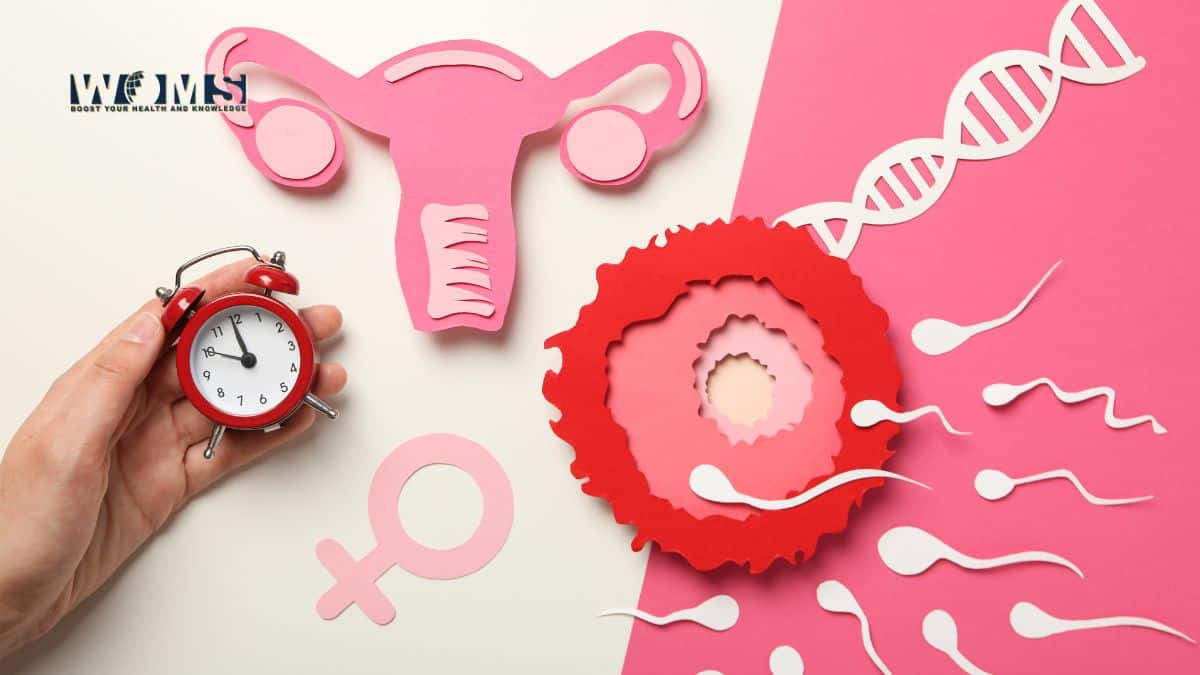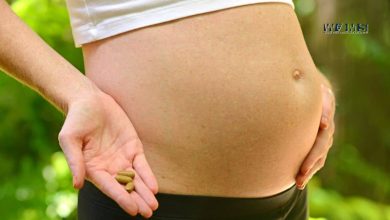9 Signs of Ovulation

Ovulation is a critical phase in a woman’s menstrual cycle, representing the release of a mature egg from the ovaries. This process is essential for conception, as it is during ovulation that the egg becomes available for fertilization. While not all women experience noticeable signs of ovulation, there are several common indicators that can help you identify when your body is most fertile. In this comprehensive guide, we will explore nine signs of ovulation, enabling you to better understand your fertile window.
Changes in Cervical Mucus
One of the most reliable signs of ovulation is a change in cervical mucus. In the days leading up to ovulation, your cervical mucus becomes clear, slippery, and resembles the consistency of egg whites. This fertile cervical mucus helps sperm travel more easily through the cervix and into the uterus.
Increased Basal Body Temperature
Tracking your basal body temperature (BBT) is a common method for pinpointing ovulation. Your BBT typically rises slightly (about 0.5 to 1 degree Fahrenheit) after ovulation. To track this, use a basal body thermometer and record your temperature each morning before getting out of bed.
Pelvic Pain or Mittelschmerz:
Some women experience mild pelvic pain or twinges on one side of the lower abdomen during ovulation. This discomfort, known as mittelschmerz, is caused by the release of the egg and can help you identify your fertile days.
Breast Tenderness
Hormonal changes during ovulation can lead to breast tenderness and increased sensitivity. Some women notice swelling or soreness in their breasts, making it another sign of ovulation.
Heightened Senses
Some women report an increased sense of smell, taste, or vision during ovulation. This heightened sensitivity to sensory stimuli is thought to be related to hormonal fluctuations.
Light Spotting
A small percentage of women may experience light spotting or bleeding during ovulation. This is often due to the surge in hormones that occurs when the egg is released.
Increased Libido
Many women experience a surge in their sex drive during ovulation. This heightened libido is thought to be nature’s way of encouraging procreation.
Changes in the Cervix
The cervix undergoes changes throughout the menstrual cycle. During ovulation, the cervix becomes softer, higher, and more open. You can monitor these changes by performing a self-exam, but it may require practice to become proficient.
Ovulation Pain
Some women experience a brief, sharp pain on one side of their lower abdomen during ovulation. This is often referred to as ovulation pain or a “twinge” and is believed to be caused by the stretching of the ovarian follicle before the egg is released.
Ovulation Induction(PCOS)
If you have Polycystic Ovary Syndrome (PCOS), you may face challenges related to irregular ovulation. PCOS is a common hormonal disorder that can disrupt the regular menstrual cycle and make it difficult for some women to ovulate consistently. If you suspect you have PCOS or have been diagnosed with it, understanding your ovulation patterns can be even more crucial in your journey towards conception.
In cases of PCOS-related irregular ovulation, medical interventions such as ovulation induction may be recommended by fertility specialists. Ovulation induction in PCOS involves the use of medications, like clomiphene citrate or letrozole, to stimulate the ovaries and regulate ovulation. This method can help women with PCOS increase their chances of conceiving by promoting more predictable and regular ovulation.
It’s essential to consult with a healthcare provider or fertility specialist if you have PCOS or suspect you may have it. They can provide personalized guidance, conduct fertility tests, and recommend appropriate treatments like ovulation induction, tailored to your unique needs.
By being proactive and seeking professional advice when facing challenges like irregular ovulation due to PCOS, you can enhance your chances of successful conception and parenthood. Remember, knowledge and support are valuable assets on your path to achieving your family-planning goals.
Understanding Your Fertile Window
Now that you’re familiar with the signs of ovulation and the potential challenges in cases of PCOS, it’s essential to understand how to use this knowledge to identify your fertile window and explore suitable treatments. The fertile window is the period when you are most likely to conceive, and it typically includes the days leading up to ovulation and the day of ovulation itself.
To increase your chances of conception and address any ovulation irregularities, consider the following tips and consult with a healthcare provider or fertility specialist:
- Track Your Menstrual Cycle
- Use Ovulation Predictor Kits
- Consider Charting Your BBT
- Monitor Cervical Mucus
- Seek Professional Guidance
Remember that while these signs are reliable for many women, not everyone experiences noticeable ovulation symptoms. If you have concerns about your fertility or are experiencing difficulties conceiving, seek advice from a healthcare provider or fertility specialist to explore potential underlying issues and treatment options.




